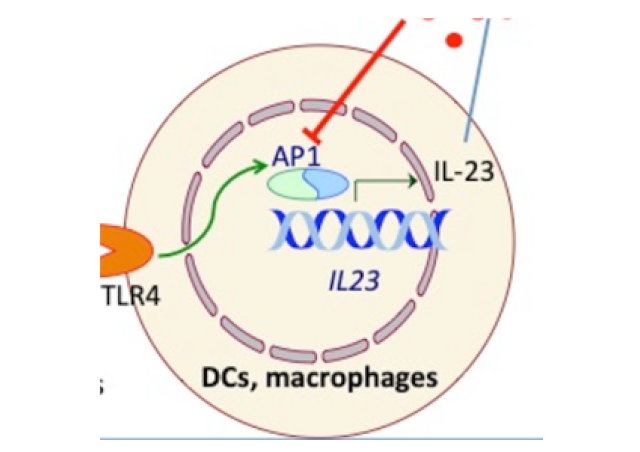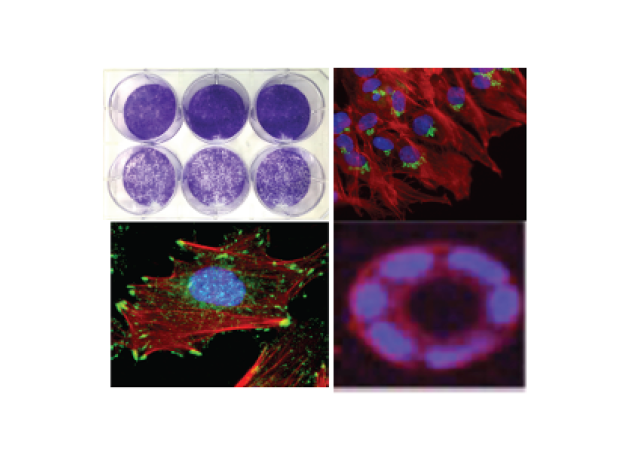Project members
Project
After early adhesion to endothelial cells mediated by the CD147 molecule, N. meningitidis, the bacterium involved in human cerebrospinal meningitis, specifically activates in host cells the human β2-adrenergic receptor (β2AR), a member of the G protein-coupled receptor (GPCR) family. The β2AR is allosterically activated by PilE and PilV, two components of meningococcal type IV pili (Tfp), which interact with sialic acid residues terminating the two glycan chains in the N-terminal region of the receptor. We have shown that it is the traction forces exerted by the pathogen and by the blood flow, applied to the carbohydrate chains of the receptor, which trigger its activation.
The project aims to characterize the physical forces that activate this GPCR and to determine the potential physiological role of this mode of activation, for example in the context of inter-cellular interactions.
Since the meningococcal adhesion receptor (CD147) and β2AR are pre-associated in endothelial cells, we are also studying the physiological function of this heterodimer.

Project MECAD-R
Signalling pathways downstream of mechanically activated β2AR and their role in physiology
The putative physiological pathway associated with the mechanical activation of the β2AR remains to be established. A global approach will be used consisting of the identification of the β2AR interactome induced by the mechanical activation of the receptor. This mechanical activation can be induced by meningococcus infection or via beads coated with lectins that bind to terminal sialic acid, submitted to centrifugal forces or to liquid flow. More specifically, we will use enzyme-catalyzed proximity labeling experiment based on the TurboID technology coupled to high-resolution mass spectrometry (MS). This procedure allows investigating the interactome of a given protein by catalyzing the biotinylation of close/interacting partners. TurboID is a promiscuous mutant of Escherichia coli biotin ligase with high catalytic efficacy, allowing rapid (10 min) and non-toxic biotin proximity labeling in live yeast, fly and mammalian cells. Biotinylated preys are then purified using streptavidin-coated beads and identified by MS. In our study, we will use TurboID to tag the β2AR and therefore identify close receptor partners selectively labeled upon mechanical activation of the β2AR. For this objective, preys isolated after isoproterenol (catecholamine) activation will be compared to preys isolated upon bead- or meningococcal-dependent activation of the receptor. Preys significantly enriched in the latter conditions will be considered as potentially selective for mechano-transduction. To selectively investigate protein partners of the pre-established CD147 and β2AR complex, each protein will be fused to either of the 2 genetically-generated enzyme halves, which will reconstitute a functional enzyme because of their proximity in the complex.
The anticipated mechano-transducing properties of the β2AR, suggested by our data, are consistent with some previously unappreciated function for this receptor in the vascular system. For example, blood cells carrying proteins such as the sialoadhesin SIglec-1 (which specifically recognized the terminal glycans found in the β2AR glycan chains) might bind to and activate endothelial cell β2ARs in the context of cell-to-cell interactions and/or diapedesis. We are investigating the hypothesis above using the human brain microvasculature cell line (HDEMEC/D3) that we used to characterize the interaction of meningococcus with the endothelial cell β2AR2.
This project is conducted in collaboration with the team of Mathieu Coureuil at the Institut Necker Enfants Malades.











